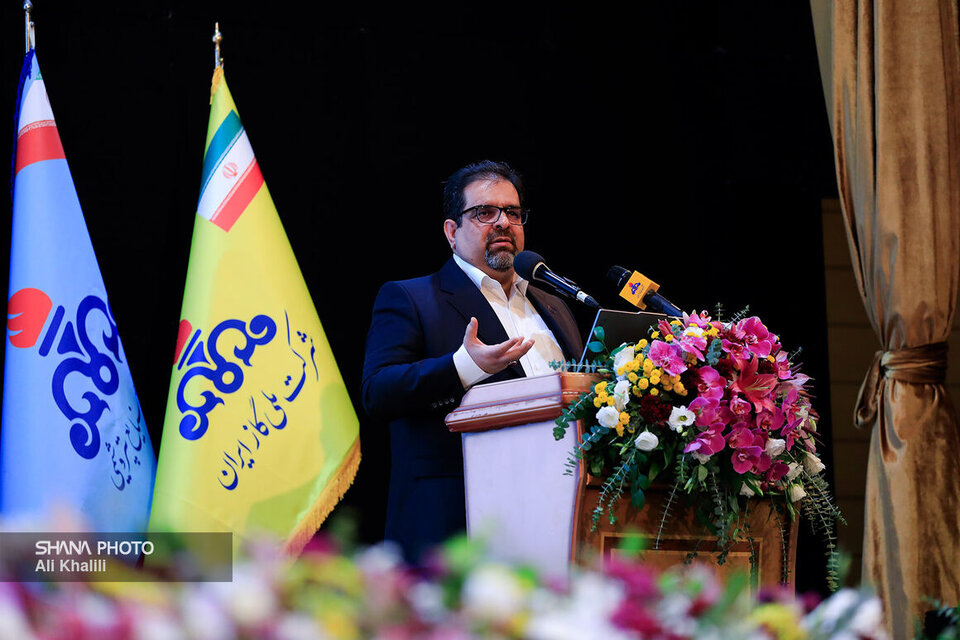Saeid Tavakoli, speaking at the closing ceremony of a campaign to cut energy consumption by 10%, said the Oil Ministry held multiple meetings last year to address fuel management amid concerns over the 1403 winter. The campaign, he said, produced positive results.
“We must accept that the country faces an energy imbalance, as consumption and production are not equal,” Tavakoli said. He noted that natural gas makes up 73% of Iran’s energy mix and fuels 83% of its power plants, compared with a global norm of 20% to 23%.
Tavakoli, who also serves as deputy oil minister, said addressing the imbalance requires two approaches: increasing production at high cost, which would deepen gas dependency, or assessing the role of gas in each sector more scientifically.
In 1402, the warmest autumn in 50 years, gas consumption was split evenly between industry and power plants at 34% each, while households accounted for 25% and transportation and other uses made up 7%, he said.
He added that under Iran’s Seventh Development Plan, power plants are expected to reach 55% efficiency. Without such improvements, Tavakoli warned, the gas industry could shift from an economic matter to a national security issue. Currently, 95% to 96% of Iranians are connected to the gas grid.
Reducing household and commercial consumption only helps during winter peaks, not year-round, he said. Instead, using efficient equipment in major industries such as cement, petrochemicals and steel, as well as boosting efficiency and fuel diversity in power generation, could significantly ease the imbalance.
Tavakoli also highlighted the impact of public participation in the 10% campaign, which saved 41 million cubic meters of gas. “That is not a small figure,” he said.
He added that each cubic meter of gas costs about 5 cents without inherent value and should be allocated to industries such as petrochemicals and steel that generate higher added value for the economy.


Your Comment